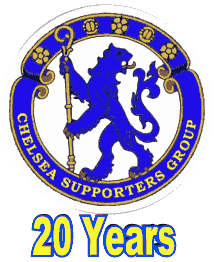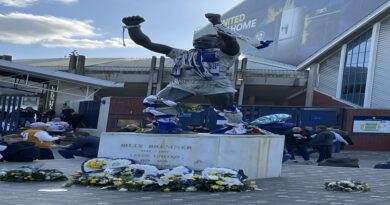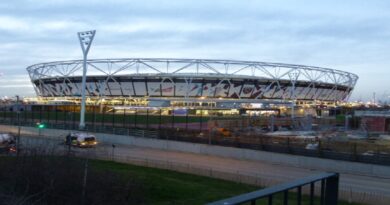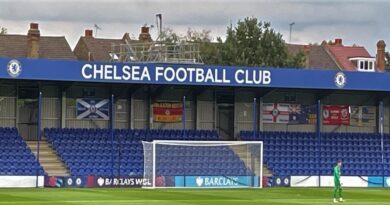The rediscovered piece of Chelsea history remembering those who served
From the official Chelsea FC website:
This weekend, Chelsea Football Club commemorates Remembrance Day with a recently rediscovered special item that did not see the light of day for more than 50 years.
Following World War One, a beautiful wooden Roll of Honour commemorating Chelsea footballers and staff who joined the services during the Great War was created and displayed inside the Stamford Bridge stadium for half a century.
The framed panel was most likely commissioned and installed on a wall of the Main Stand in 1919, soon after the terrible guns of World War One fell silent.
It was rediscovered this summer in a storage area at the Blues’ stadium along with other long-lost artefacts, including inscribed metal plates commemorating visits to the ground by royal families from Britain and abroad since 1905.
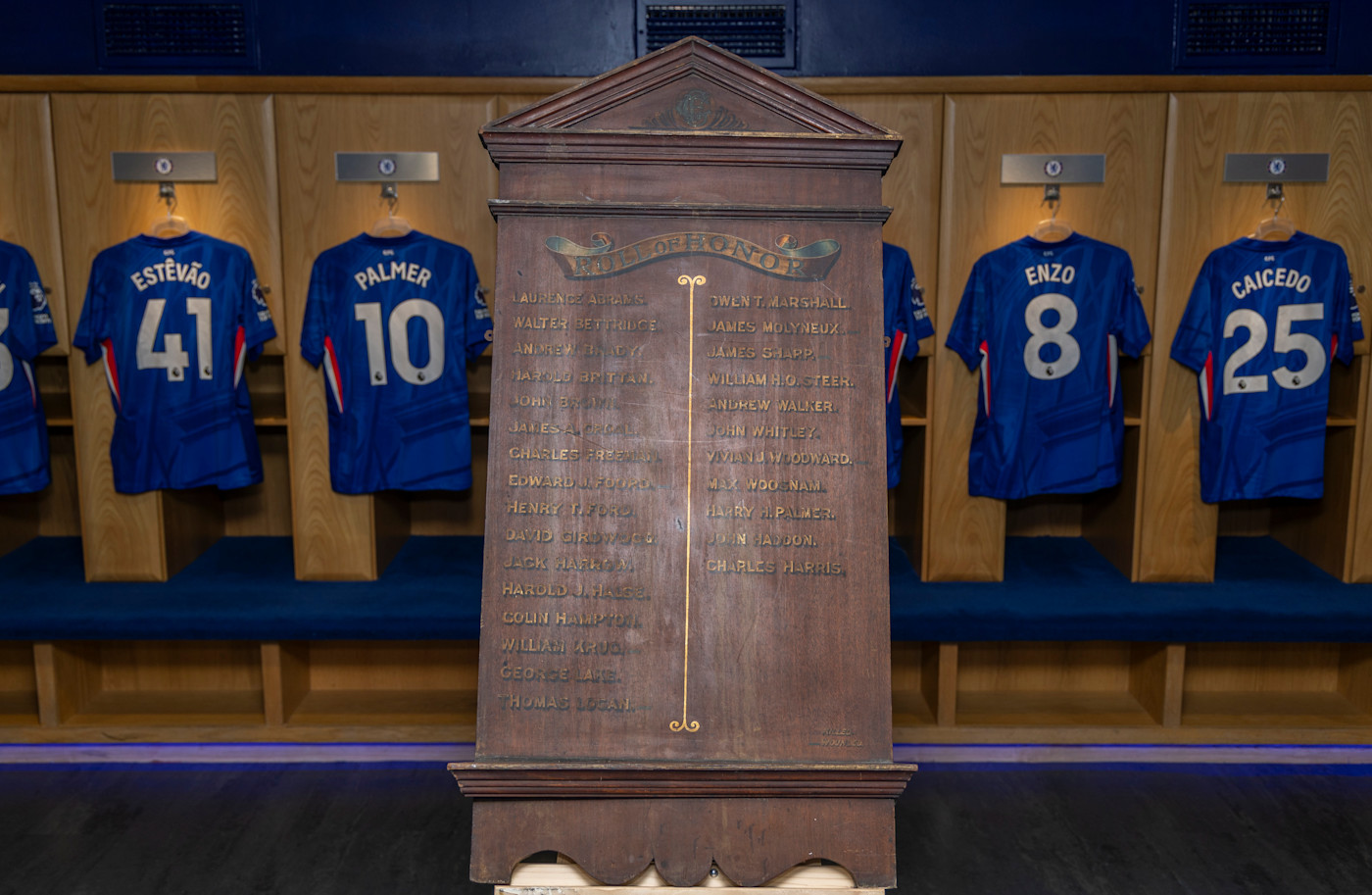
The original grandstand, home to many of these mementoes, was demolished to make way for the current East Stand in 1972, and the Roll of Honour had been hidden away ever since.
Unlike modern Rolls of Honour, which typically commemorate those who lost their lives in a conflict, the Chelsea panel remembers the names of people at the club who joined one of the armed services between 1914 and 1918.
Several listed served in the 17th Battalion of the Middlesex Regiment – ‘the Die-Hards’ – popularly known as ‘the Footballers’ Battalion’.
That unit held a recruitment event at Fulham Town Hall, just down the road from the Bridge, on Tuesday 15 December 1914. Most London clubs sent directors or officials – in Chelsea’s case, club secretary Bert Palmer. His younger brother, Harry, is listed on the panel; he worked in the club office and became secretary in 1939.
To loud applause inside the hall that evening, local MP William Joynson-Hicks, a Chelsea FC vice-president, called for ‘a battalion that would redound to the honour of footballers, not only throughout the length of this country, but from the confines of Flanders to the centre of Berlin.’

As the cutting above from the Daily Gazette shows, three Chelsea footballers on the list answered his call that night – Teddy Foord, Dave Girdwood and Billy Krug.
Foord’s near namesake Harry Ford is among the first team regulars whose careers could easily have been stifled in their infancy, but he was one of eight who made the line-up for the Londoners’ first FA Cup final appearance, the ‘khaki final’ in April 1915.
Another on the list, Jack Harrow, racked up 334 appearances for the Pensioners, the 31st most in our history. Jack Whitley, meanwhile, served as first-team trainer for three decades and beloved England star Vivian ‘Jack’ Woodward joined the Blues’ board in 1922.
For many, like goalkeeper Jim Molyneux’s understudy Krug, who was gassed twice in action and wounded in the leg, the Bridge would become a distant memory.
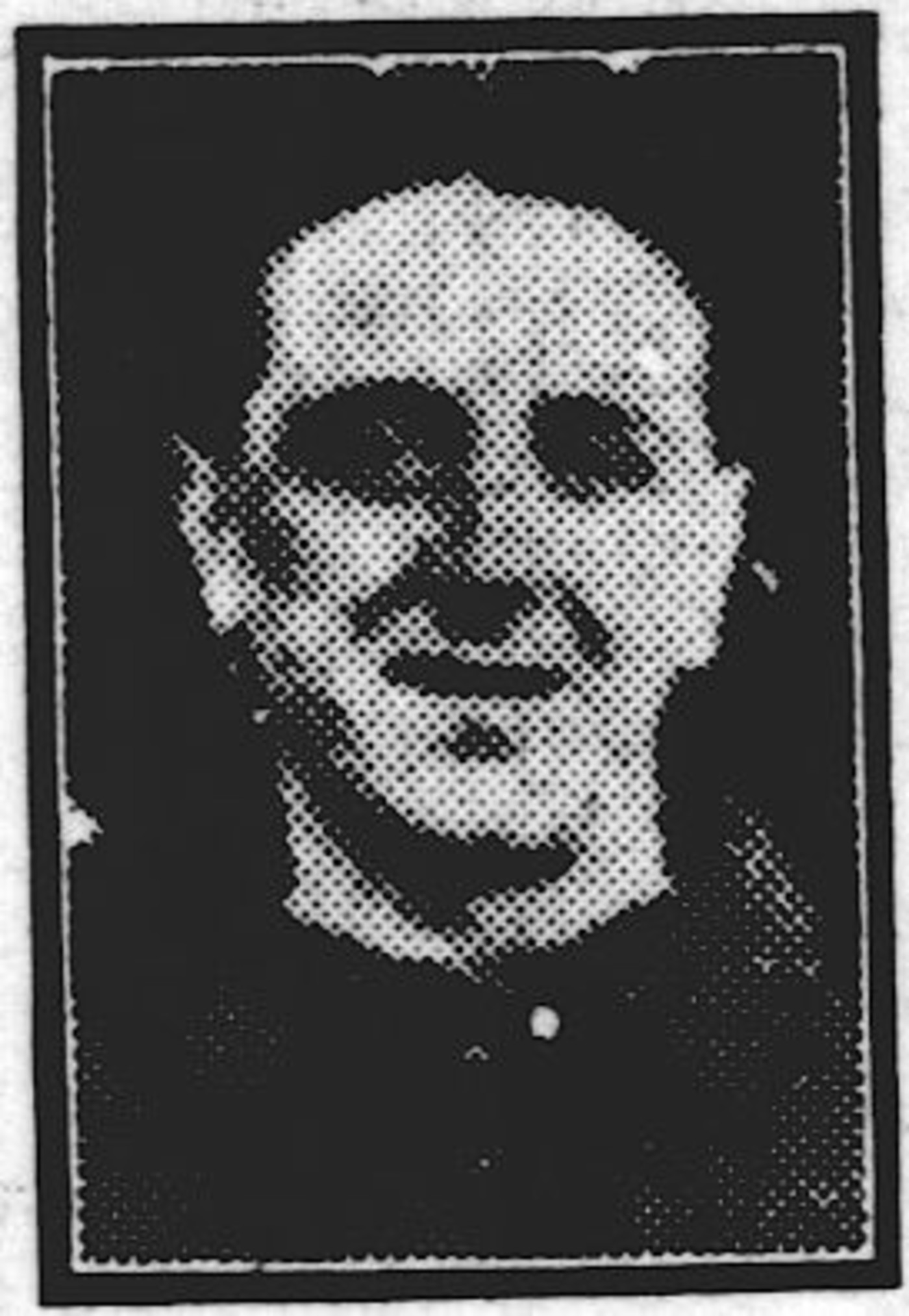
The inclusion of amateur all-sports superstar Max Woosnam is a reminder that the England football captain, tennis Olympic gold medallist and Wimbledon champion, who also batted to a century at Lord’s and managed a 147 break at snooker, briefly lit up the club before fighting alongside war poet Siegfried Sassoon in Gallipoli.
Just two mortalities of the Great War are listed. John Haddon, a groundsman at the Bridge since 1908, died on 31 July 1916 during the Battle of the Somme.
George Lake was killed agonisingly close to the Armistice that ended the war on 6 November 1918 – our only serving first-team player claimed by the conflict.
As part of the Chelsea Heritage Partnership’s ‘Those Were the Days’ gatherings and exhibitions, the Roll of Honour will be on display in The Tea Bar at Stamford Bridge ahead of tonight’s game against Wolverhampton Wanderers.
‘Chelsea Supporters Group’ can also be found on X and Facebook and Bluesky
